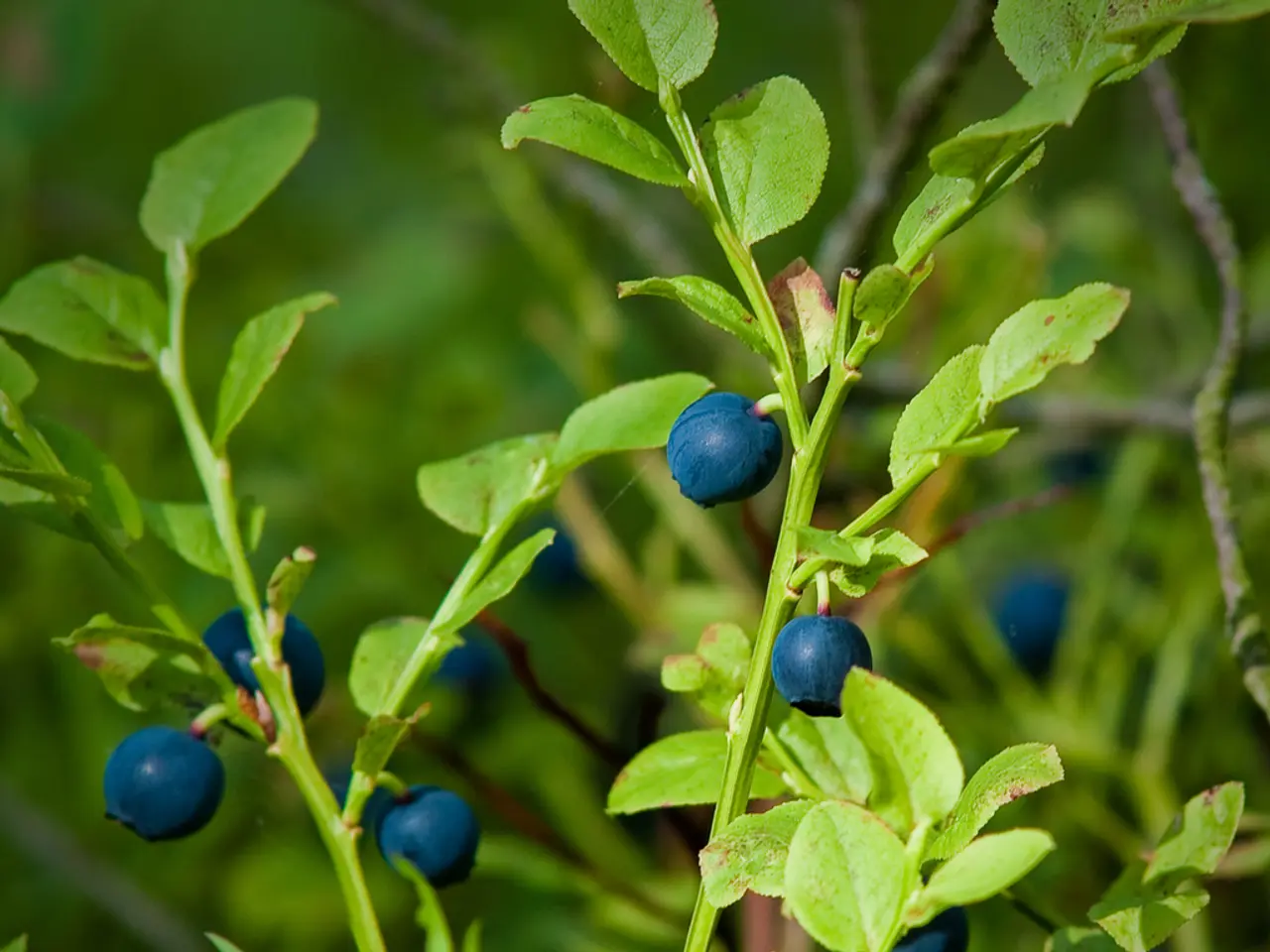Readying Your Garden for Autumn and Winter Season
Weatherproofing Your Garden for Fall and Winter
As the autumn season approaches, it's essential to prepare your garden for the colder months ahead. Here's a guide to help you protect your vegetables, herbs, berries, perennials, trees, and shrubs.
Vegetable and Herb Gardens
Transplant plants about six weeks before the first hard frost to allow root establishment and cold acclimatization. Avoid excessive fall fertilization, and consider using low tunnels or frost cloths over hoop frames to protect marginally hardy crops from frost and cold. Remember to ensure proper ventilation in these protective covers to reduce fungal risks and remove frost cloth before heavy snow to let snow provide natural insulation.
Berry Bushes, Perennials, Shrubs, and Trees
Insulate root zones with organic mulches such as compost, leaves, straw, or conifer branches to protect from freezing soil temperatures. Wrapping shrub branches lightly with burlap or using techniques like tying branches upwards helps prevent snow or ice damage. Snow caught at the base insulates roots, so leave it there, but gently knock off heavy snow accumulated on fragile branches to prevent breakage.
Container Plants
Move container plants indoors to an unheated but frost-free space if possible, or wrap pots with bubble wrap, cover with straw, burlap, or old blankets outdoors to insulate roots and prevent freezing.
General Tips
Water plants deeply before the ground freezes to maintain soil moisture, which winter-dormant plants rely on. Avoid over-watering afterward. Using heavier floating row covers combined with mulch underneath can provide additional frost protection by trapping earth warmth.
Shrubs
To protect shrubs from sunscald and animal damage during winter, use insulating blankets or additional mulch.
Perennials
Regular pruning of perennials can prevent pests or diseases from harming the plants. For patches of soil overtaken by weeds, use a high-quality landscape fabric to kill the weeds in one go. Covering perennials with a generous layer of straw, hay, peat moss, or leaves can insulate heat and keep frost at bay.
Frost-Resistant Greens
Frost-resistant greens like cabbages and Swiss chard have tough leaves and can withstand light frost.
Woody Perennials
Woody perennials should not be trimmed until the spring.
Hardy Herbs
Thyme is surprisingly resilient to cold climate and will go dormant in the fall season. Rosemary is more fragile and will require shelter for the winter, while sage requires no coddling for the winter.
Berries
Most berries are resilient and will survive the cold climate, but parsnips taste better when left to mature near freezing temperature. Summer berries like raspberries require pruning during the mid-fall.
Trees
Use horticultural tape, nylon strings, or strong cloth strips to secure branches of multi-stemmed deciduous trees to prevent breakage from heavy snow and ice.
Crops
Dig and store frost-resistant crops like carrots, turnips, beets, parsnips, rutabagas, and potatoes before the ground freezes. Some crops are sensitive to temperature changes, like potatoes, which have to be dug and stored as soon as the cooler climate sets in.
Vegetables
Other vegetables, such as tomato, squash, pea, beans, etc., cannot tolerate the cold at all and should be composted. Delicate greens, like lettuces, cannot withstand the frost and will need more protection from the cold. Blackberries will benefit from proper protection and insulation as the cold season sets in, while strawberries can be insulated and protected from hard frosts using hay or straws.
Preparing a New Flower Bed
If you are preparing a new flower bed for spring, the fall season is the best time to protect the plot with landscape fabric or mulch.
Miscellaneous
Regularly check and maintain young trees and small shrubs, removing broken branches and debris to prevent pests and diseases. Organize and store outdoor containers, metal buckets, hoses, hose nozzles, and sprinkle attachments properly before the cold season. Keep the compost pile protected from snow by covering it with a thick layer of hay or a plastic sheet.
By applying these strategies—timely transplanting, mulching, physical protective covers, branch wrapping, and hydration management—gardeners can significantly reduce cold-season stress across a wide range of plant types.
- To protect various plants in the home-and-garden, such as vegetables, herbs, berries, perennials, shrubs, and trees, consider methods like transplanting, watering deeply, using protective covers, wrapping branches, and applying mulch during the fall and winter months.
- To maintain a thriving lifestyle in your home-and-garden throughout the colder seasons, consider strategies like proper watering, insulating root zones, protecting sensitive plants with covers or indoor transfer, and ensuring plants have enough light, ventilation, and insulation.




